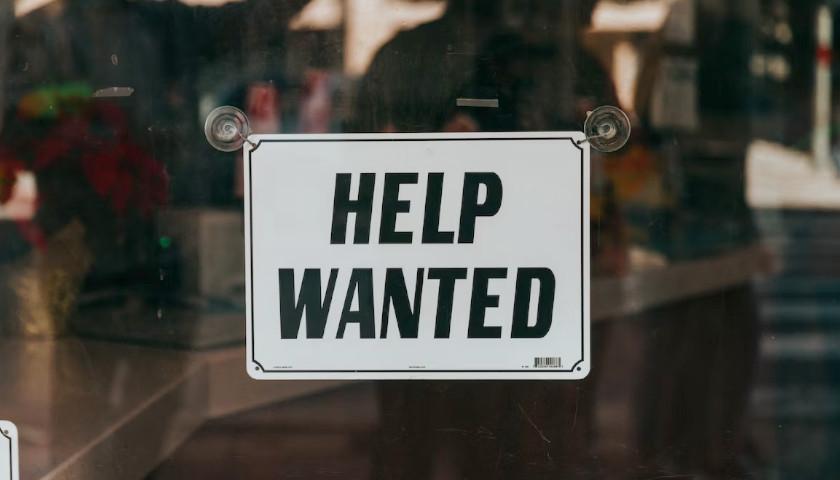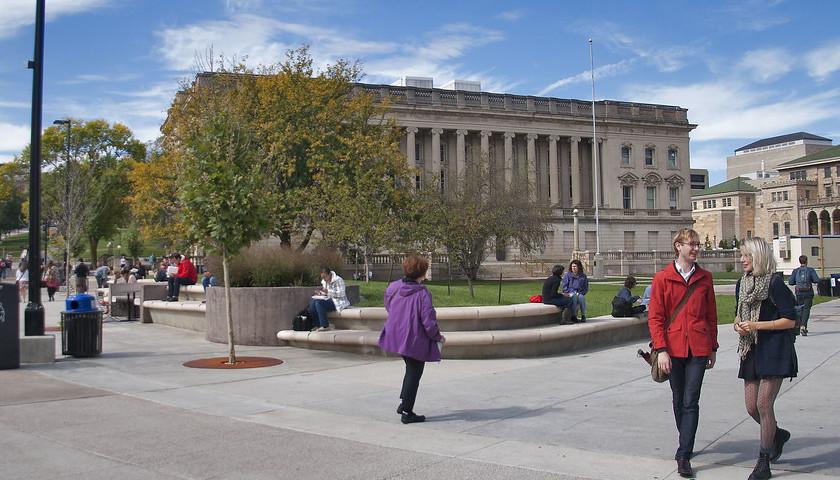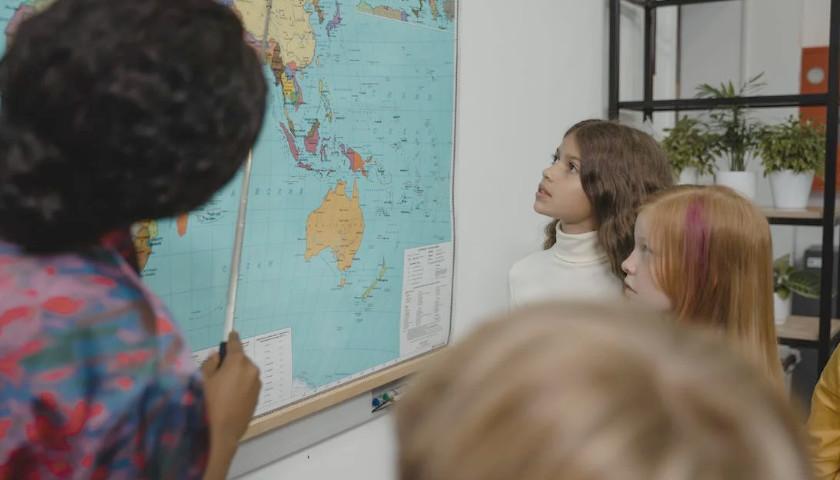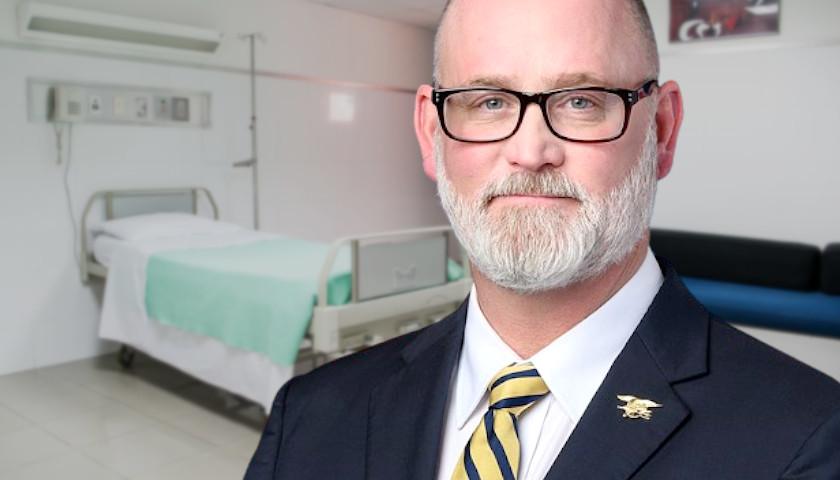A new report finds Wisconsin’s median age is rising, a bad sign for the Badger State’s labor shortage crisis, a workforce expert said.
And Governor Tony Evers has been a sleep at the switch in meeting the crisis, according to Rachel Ver Velde, senior director of Workforce, Education & Employment Policy at Wisconsin Manufacturers & Commerce, the combined state chamber and manufacturers’ association.
The report, Wisconsin’s Demographic Dilemma, published by the WMC Foundation, an affiliate of WMC, finds the Badger State’s median age is 40.1 years. Wisconsin is one of only 14 states where the median age is over 40. The national median age is 38.8.
Wisconsin’s population under the age of five shrunk by 10.1 percent from 2010 to 2020, while the population of people ages 65-84 has expanded by 41.7 percent.
The problem is two-fold Ver Velde said. There are more people dying than being born in Wisconsin, and fewer people are moving into the state.
From 2010 to 2020, the state’s population grew by 3.6 percent, less than half of the national average of 7.4 percent.
“Estimates show that Wisconsin’s fortune is not improving, either. Over the last three years, the state has actually seen a drop in population – from 5,893,725 in 2019 to 5,892,539 in 2022. That is a reduction of roughly 1,200 people,” the report states.
Wisconsin did attract more people from other states than it lost in 2022, netting a total of 7,657 people, according to the WMC Foundation analysis. However, the state lost nearly 16,000 people to other states in 2021. And net migration was essentially zero in 2020. Overall, Wisconsin has lost a net of more than 11,000 people to other states since 2020, the data show.
The loss ultimately has been filled by foreign immigration. Wisconsin gained net population of more than 8,000 people in 2022 and more than 3,000 the year before through foreign immigration.
All told, the Badger State gained just 195 people from 2000 to 2022 between domestic migration and international immigration, according to the report.
The sluggish population growth isn’t only graying Wisconsin, it’s helping to fuel a nightmare worker shortage for the state’s employers.
“We’ve all seen the hiring signs,” Ver Velde told The Wisconsin Daily Star this week on the Vicki McKenna Show. “I talk to our members and their No. 1 concern is their workforce shortage. They cannot find enough people to fill their positions. This report shows this problem is not going to go away any time soon.”
Part of the problem, Ver Velde said, is Wisconsin’s reputation as a high-tax state.
A Tax Foundation report found Wisconsin is one of the most taxed states in the Midwest. The Badger State’s top income tax rate of 7.65 percent is the third highest in the Midwest, and third highest among all Great Lake States. Only tax-and-spend bastions New York and Minnesota are higher.
Wisconsin’s tax burden could be worse. It’s actually eased over the past dozen years, helped by billions of dollars in tax cuts pushed by the Republican-controlled Legislature. Republicans have proposed deeper tax reform, including a flat tax, but Democrat Governor Tony Evers has threatened to veto such plans.
“Until we get our tax rates down, we’re going to have less people coming here,” Ver Velde said. “You see in other states, where they have decreased their tax rates or eliminated the personal income tax, they’ve had huge in-migration.”
Case in point, the state of Florida. Nearly 444,500 people moved to the Sunshine State between July 2021 and July 2022, according to the Tampa Bay Economic Development Council. That compared to 185,000 the year before. Florida ranked No. 1 in domestic migration.
Florida also doesn’t have a state income tax.
Wisconsin’s workforce shortage is a problem of policy, too, Ver Velde said. And much fault lies on the shoulders of Evers, she added.
The governor stopped a successful workforce talent attraction campaign implemented by his predecessor, Governor Scott Walker, a Republican. Especially successful were the recruitment efforts to connect employers with veterans. The Department of Workforce Development and the Wisconsin Economic Development Council had been bringing employers to military bases in connecting with service members. Evers’ administration stopped the program, insisting it wasn’t necessary.
“Particularly when we’re seeing these demographic challenges, when we need in-migration. it’s been so frustrating that his administration has put zero emphasis on talent attraction,” Ver Velde said.
The governor did propose some $190 million in the next biennial budget to “bolster Wisconsin’s workforce.” One of his efforts is the “Winning with Wisconsin’s Workforce” initiative, which includes a “statewide series of forums designed to highlight workforce development investments, available funding, resources to aid competitiveness, and local successes with worker recruitment and retention.”
The Evers administration also took $4 million in workforce development funds appropriated by the Legislature in the last budget and used the money for grants — for public art displays, landscaping and water features, Ver Velde said.
The governor’s last budget proposal included a concierge program for new workers in the state. And he sought a host of social programs, including incentives for housing and child care development.
Worker recruitment, according to the WMC Foundation report, will require a broader commitment, including efforts to promote living, working and playing in Wisconsin.
“No matter how good Wisconsin is or becomes in the future, it doesn’t matter if no one knows about it. A robust talent attraction campaign can tell Wisconsin’s story and educate people of the terrific economic opportunity this state has,” the report states. “Most Midwesterners hate to brag, but Wisconsin needs to do just that. “
– – –
M.D. Kittle is the National Political Editor for The Star News Network.








